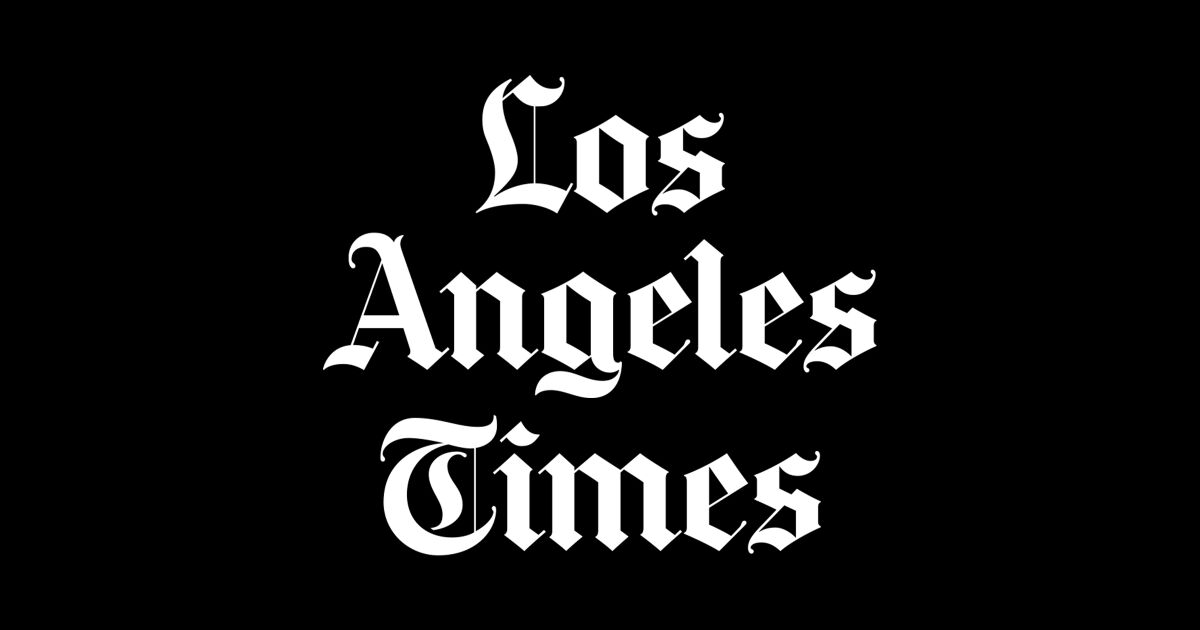North Dakota officials are worried about losing students and revenue to neighboring Minnesota where public college and university tuition will be free

www.latimes.com
North Dakota officials are worried about losing students and revenue to neighboring Minnesota where public college and university tuition will be free

www.latimes.com
North Dakota university leaders fear ‘catastrophic implications’ of new Minnesota free tuition plan
BY JACK DURA AND STEVE KARNOWSKI
ASSOCIATED PRESS
JULY 3, 2023 4:01 PM PT
BISMARCK, N.D. —
North Dakota
higher education officials are deeply worried about losing students and revenue in 2024 when neighboring Minnesota makes public college and university tuition free for thousands of residents.
Officials estimate around 15,000 to 20,000 Minnesota students a year will use the free North Star Promise program, and North Dakota education officials are projecting an $8.4-million loss in combined
tuition and fees in the first year alone, under one scenario.
Roughly 1,400 Minnesota students attending North Dakota colleges and universities might be eligible for the new program.
“This has catastrophic implications,” said David Cook, North Dakota State University’s president, at a recent State Board of Higher Education meeting. “This is a very serious situation for us.”
Minnesota students make up close to half the student body at North Dakota State in Fargo, their No. 1 out-of-state pick in their first year. They accounted for nearly 40% of the first-year students at the University of North Dakota in Grand Forks and North Dakota State College of Science in Wahpeton in fall 2021.
“Probably half of our football team comes from Minnesota, so that’s kind of a big deal to us,” College of Science President Rod Flanigan said.
North Star Promise will cover undergraduate tuition and fees at Minnesota’s public post-secondary schools for students whose family income is below $80,000 after they’ve tapped other sources of financial aid. It will take effect in fall 2024.
Kari Rod, 38, of Brooklyn Center, Minn., said North Star Promise will help her go back to college and finish her degree without taking on more student loans, and encourage her 13-year-old stepson to enroll in-state after high school.
“Our family had seriously considered moving” so the teen could take advantage of a program that covers college tuition for students who graduate from public schools in Kalamazoo, Mich., Rod said. But after Minnesota’s program passed, they decided to stay.
The program also “opens up the world of possibilities” for her 5-year-old’s future, Rod said.
According to the Campaign for Free College Tuition, a national nonprofit,
more than half the states now offer some kind of free college tuition, often with the word “Promise” in their program names. Seven set few eligibility limits.
Many others, like Minnesota, have income limits, have merit requirements, or are limited to specific schools or majors. The group says
making higher education affordable for everyone is imperative to a workforce with the skills needed for the U.S. to compete in the global marketplace.
Democratic state Sen. Tim Mathern said he is drafting a bill similar to Minnesota’s program but for North Dakotans. He acknowledged the headwinds Democrats face in North Dakota’s Republican-supermajority Legislature.
“I don’t think we should decry what Minnesota has done,” Mathern said. “We should be spending our time being creative about what our abilities are.”
North Dakota education officials estimate it would cost over $17.2 million annually to pay tuition and fees for all students eligible for federal Pell Grants, amounting to about 4,300 students at five schools.
Minnesota’s move hasn’t sparked the same fears in other neighboring states. University of Wisconsin officials are expanding a free tuition program that started at its flagship Madison campus to 12 more schools this fall.
The presidents of North Dakota State and the University of North Dakota are leading a group to address the potential impacts of Minnesota’s free tuition on their schools, which are already recruiting students for fall 2024.
Lawmakers also plan to explore the implications through an interim legislative panel ahead of the next session in 2025.
“When we have all these alternate (education) delivery methods, and we have a traditional student base that is shrinking, and we have workforce issues — all of these things are creating an issue that’s bigger than a one-state response,” said Republican Rep. Mark Sanford, who chairs the panel.
Republican House Majority Leader Mike Lefor said he doesn’t want to “rush into a decision” on responding.
“We can’t just be reacting to different situations from different states,” Lefor told reporters. “We have to have good, solid policy going forward.”
North Dakota’s Legislature this year froze tuition statewide for all students for the next two years, a move meant to be competitive with neighboring states, including Minnesota.
Lawmakers need to respond while acknowledging that campus programs will still draw out-of-state students, said North Dakota University System Chancellor Mark Hagerott.
“I’m confident we can avoid catastrophe,” he said.
Karnowski reported from Minneapolis. Trisha Ahmed also contributed.
 . They weren't closing up shyt, and if they did, they are not the only rideshare company in the world, nor the only gig app. You are aware drivers are not exclusive to Uber, yes?
. They weren't closing up shyt, and if they did, they are not the only rideshare company in the world, nor the only gig app. You are aware drivers are not exclusive to Uber, yes? you internet crusaders are embarrassing. if your life is that unfulfilled, go assassinate trump or something. do something productive
you internet crusaders are embarrassing. if your life is that unfulfilled, go assassinate trump or something. do something productive





